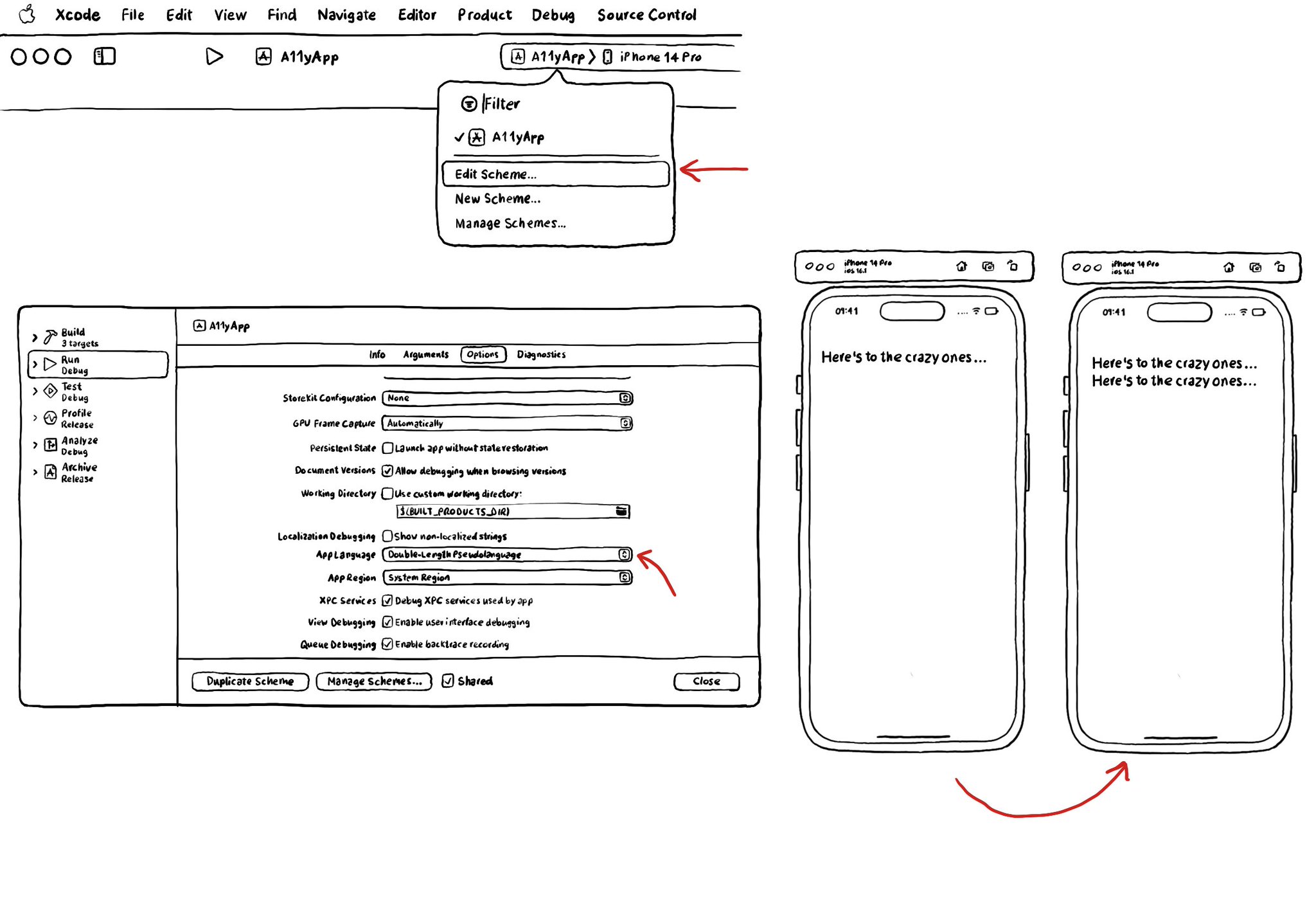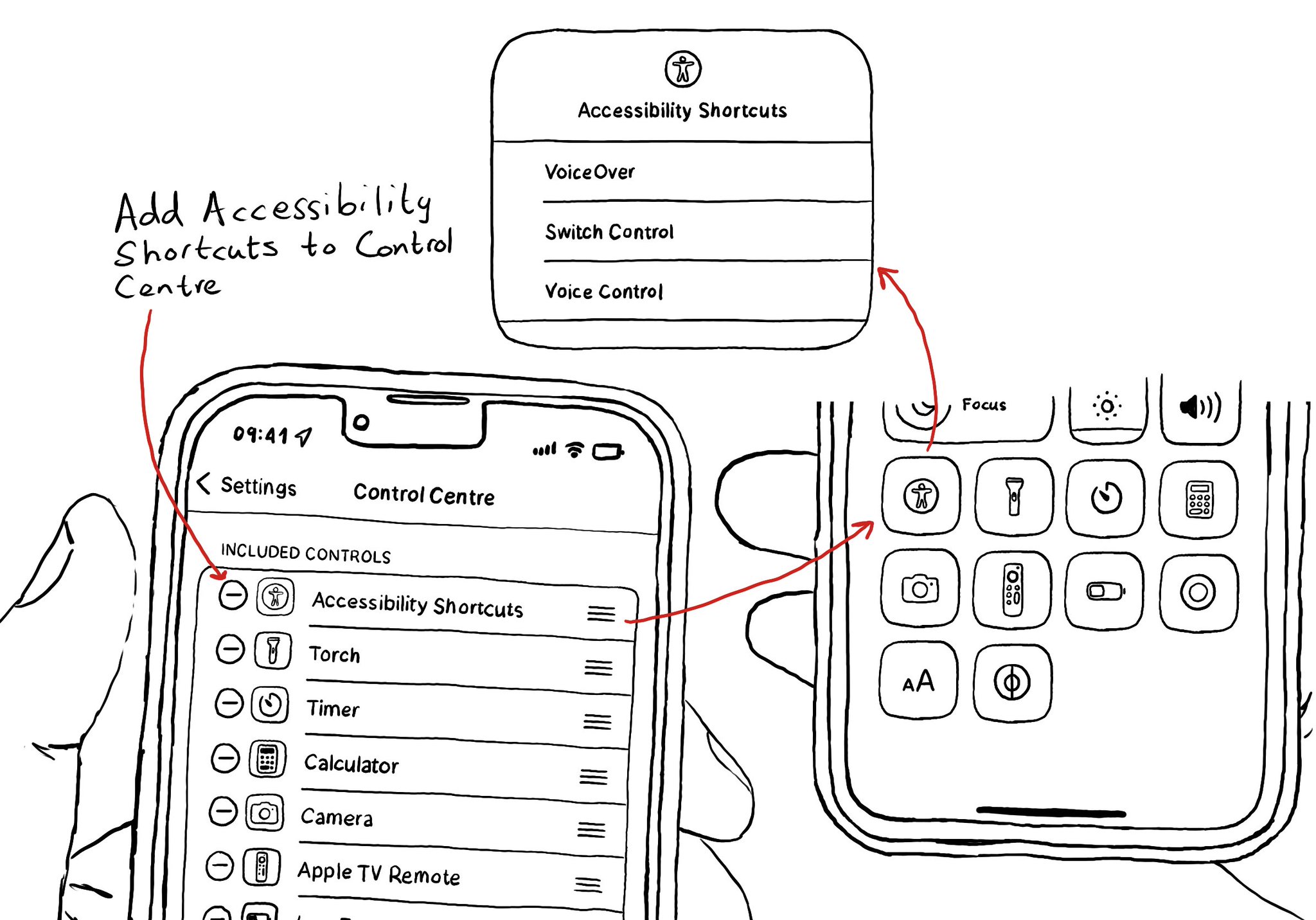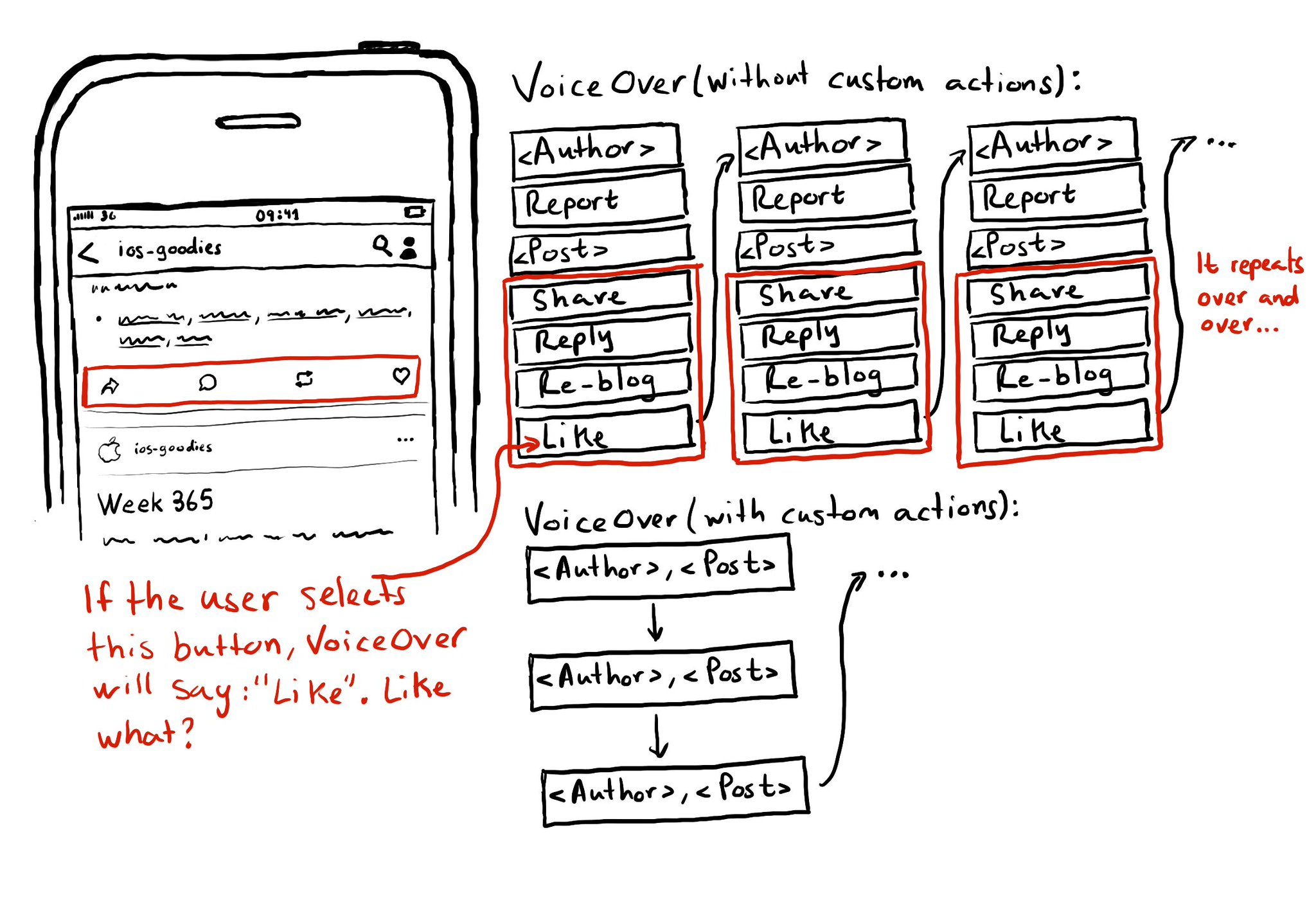Sometimes, with large font sizes, there's no other way around it but to offer an alternative layout. Small tweaks are often enough. Otherwise, the text will be barely readable. Larger text shouldn't mean less content or a worse experience.

One thing you can do is to check if the preferred content size category of a view is an accessibility category. And, in that case, move things around to make room for the text, offer more lines of text, etc.
https://developer.apple.com/documentation/uikit/uicontentsizecategory/isaccessibilitycategory
You may also find interesting...

I recommend running your app with Double-length Pseudolanguage. It is a great way to stress-testing your app and see how adaptive it is and if your UI will hold to other languages that might be a bit more verbose or even with larger text sizes.

You can add your Accessibility Shortcuts to Control Centre too. One more quick access point and one more reminder to get you testing often and quickly. How to enable Accessibility shortcuts: https://x.com/dadederk/status/1583519154165800960?s=61&t=_fK9Muzu2MyFEeJLVQZcJg

Potential benefits from grouping logical pieces of information and moving buttons to custom actions: reduce redundancy (by removing repetitive controls) and reduce cognitive load (by making easier to know what item will be affected by each action)